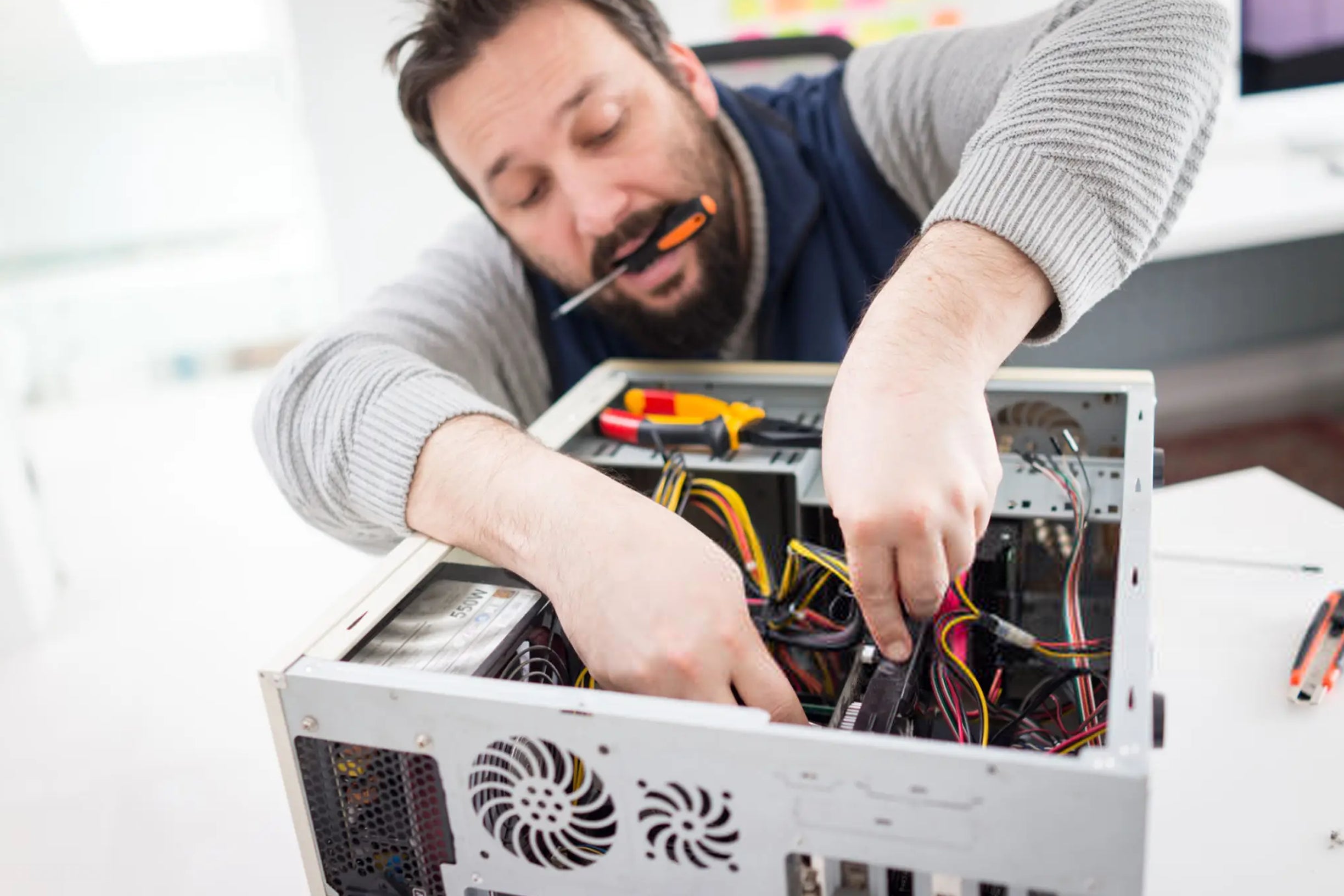Upgrading a prebuilt PC may seem challenging, particularly for people unfamiliar with computer hardware. However, if you have the appropriate information and resources, you can improve the system's performance.
This article reviews the specifics of upgrading a prebuilt PC, emphasizing improving the CPU, GPU, and storage parts.
Understanding the Limitations of Prebuilt PCs
Before beginning the upgrade process, it is crucial to recognize the limits of prebuilt PCs. Many pre built systems have parts that could be difficult to replace because of proprietary designs or small case sizes.
Furthermore, certain prebuilt PCs could have locked BIOS settings prohibiting users from changing specific hardware configurations.
Best Prebuilt Gaming PC In Canada | Ultimate Guide | 2023
Assessing Compatibility for Upgrades
Before upgrading, make sure your prebuilt PC and the new components you want to install are compatible. This entails considering elements like CPU and GPU sockets, slot compatibility, and storage device interface compatibility.
CPU Upgrades
The performance of a prebuilt PC can be significantly enhanced by upgrading the CPU, particularly for activities like video editing or gaming, which demand a lot of processing power. Ensure the new CPU is compatible with your motherboard and supported by your system's BIOS before changing the CPU.
GPU Upgrades
Enhancing the graphics and gameplay performance can also be accomplished by upgrading the GPU. Compatibility is essential when choosing a new GPU for your prebuilt PC, just like with CPU upgrades. Ensure your power supply can handle the increased power needs and that the new GPU is compatible with the PCIe slots on your motherboard.
Storage Upgrades
Reducing application and game load times and enhancing system responsiveness are two benefits of upgrading storage. Ensure the upgraded SSD or larger capacity HDD is compatible with your motherboard's SATA or M.2 ports before switching.
Tools and Resources Needed for Upgrading
Assemble the required tools and resources before beginning the upgrade procedure. It includes any additional cables or adapters needed for installation, screwdrivers, and thermal paste (for CPU upgrades).
A Comprehensive Guide for CPU Upgrades
- Unplug all the cords and turn off the computer.
- Take off the old CPU and CPU cooler from the motherboard.
- Put some thermal paste in the new CPU's center.
- Insert the replacement CPU into the motherboard socket with caution.
- Connect the fan header to the motherboard and reattach the CPU cooler.
- Turn on the computer and check that the BIOS has recognized the CPU.
A Comprehensive Guide on GPU Upgrading
- Unplug all the cords and turn off the computer.
- Take off the old GPU from the motherboard's PCIe slot
- Verify that the replacement GPU is in the PCIe slot.
- Connect the necessary power cables between the power supply and the GPU.
- To firmly anchor the GPU in position, reattach any screws or brackets.
- Turn on the computer and set up the new GPU's drivers.
A Comprehensive Guide to Storage Upgrades
- Unplug all the cords and turn off the computer.
- remove the PC case's side panel to access the storage bays.
- Cut all connections to the outdated storage device.
- Take out the outdated storage unit from its opening.
- Insert the replacement storage unit into the vacant bay.
- Attach the new storage device's required cords.
- Change the PC case's side panel.
- Turn on the computer and make sure the BIOS recognizes the new storage drive.
Tips for a Successful Upgrade Process
- It is essential, before making any upgrades, to back up any crucial data.
- To avoid breaking any parts, take your time and carefully follow the instructions.
- To make reassembly simple, keep track of screws and other minor parts.
- After installation, ensure each part works as intended by testing it independently.
Common Pitfalls to Avoid During Upgrades
- Not grounding oneself before handling delicate components increases the possibility of harm from static discharge.
- You are ignoring hardware compatibility problems when integrating new components.
- Hurrying through and omitting essential steps in the installation procedure.
- Installing new hardware without updating the firmware or drivers.
Round Up
To sum up, customizing a prebuilt PC can improve performance and increase its longevity. Customers can confidently upgrade their CPU, GPU, and storage by adhering to compatibility rules and comprehensive instructions. The possibilities are boundless for gaming, productivity, or creative work.
Are you prepared to use your PC to its maximum potential? Visit Technoid for premium parts and professional guidance. Enhance your computer experience by upgrading now!
FAQs
I have a prebuilt PC; can I upgrade it without breaking the warranty?
The manufacturer's warranty policy determines this. Some permit certain upgrades, while others may void the warranty.
Does upgrading my power supply come with any other requirements when changing components like the CPU or GPU?
Depending on how much electricity the new components use, an update may be required. To find out if an update is needed, review the power requirements of the latest gear and your power supply specs.
How can I determine if my motherboard supports the changes I want to make?
To determine if a motherboard is compatible with a particular CPU, GPU, or storage device, consult the user manual or specifications.

 United States
United States

